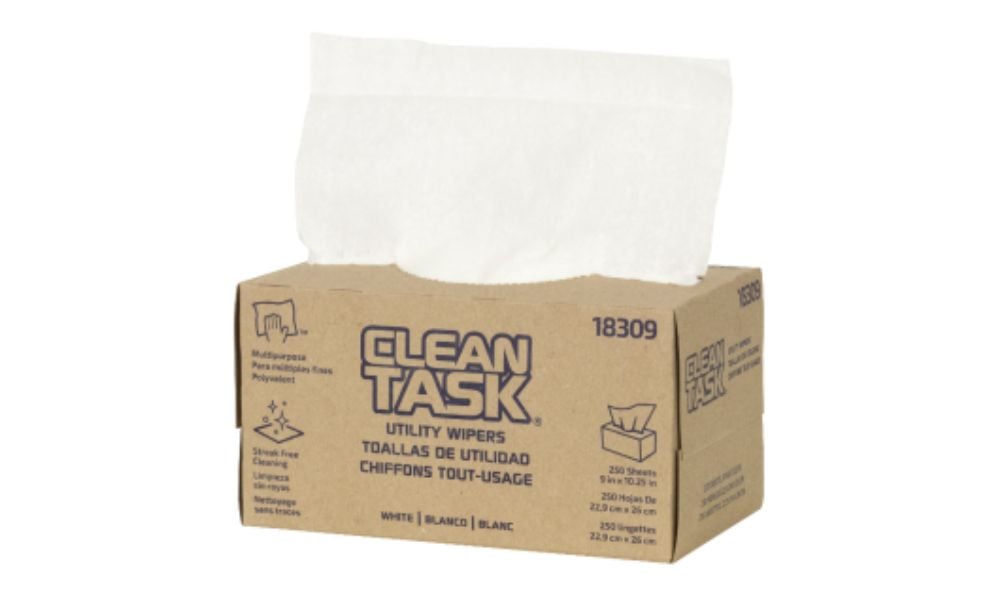Union head says ratios are critical to protecting staff and improving care

We’re not taking it anymore,” says Yvette Coffey, president of the Newfoundland and Labrador Nurses’ Union (NLNU). “Enough is enough.”
Coffey is calling for legislated nurse-to-patient ratios in Newfoundland and Labrador, a move she believes is urgently needed to address a growing crisis in healthcare workplaces. With staffing shortages, long wait times, and rising patient acuity, nurses are working under conditions that she describes as unsafe—both for staff and for patients.
Violence on the rise in healthcare
At the heart of the issue is a rise in workplace violence against healthcare workers. According to Coffey, registered nurses in the province file injury claims with the Workers’ Compensation Board every second day—many of which stem from violent incidents. “We have one every 13 days in nursing files a claim with Workers Compensation Board here in Newfoundland and Labrador,” she says. “This is not acceptable.”
The NLNU points to international examples—New Zealand, the United Kingdom, and California—where legislated nurse-patient ratios have already shown positive outcomes. Provinces like British Columbia and Nova Scotia have negotiated ratios into collective agreements. Newfoundland and Labrador, by contrast, continues to rely on staffing models that Coffey says are decades out of date.
Decades-old staffing models still in use
“Our core staff is based on the number of patients in the bed, which looked at the acuity of patients 30 to 40 years ago, versus the acuity of patients today,” she explains. “It’s no longer just about numbers. It has to be about the acuity as well.”
A long-awaited core staffing review, first negotiated in 2019, is finally moving forward. The provincial government is close to awarding a contract to a firm that will determine what safe staffing levels should look like across acute care, community health, and long-term care. Coffey hopes the review will lay the groundwork for formalizing nurse-to-patient ratios.
But while the province moves slowly, frontline nurses report facing escalating risk every day. Coffey recounts personal visits across Labrador and the southwest coast where she spoke directly with members. “The number one issue and concern that we are hearing, and it is impacting retention and recruitment, is the violence and the unsafe working conditions,” she says.
She draws a stark comparison to private industry. “If this were a private industry, occupational health and safety standards would be implemented across the board—zero tolerance. There would be worksite shutdowns if they were faced with the violence and the short staffing we see every day,” Coffey says. “But in healthcare, it’s become the norm.”
Linking staffing to patient safety
Coffey links unsafe staffing levels directly to patient safety and poor health outcomes. “Having the proper core staff, having the proper nurse-patient ratio, means patients are getting the care they need and deserve,” she says. “We’re improving health outcomes and decreasing mortality rates for the people of Newfoundland and Labrador.”
While two facilitators have been embedded into the provincial health system to help address violence, Coffey says the effort falls far short. It excludes long-term care, home care, and personal care homes—sectors that see some of the highest rates of violence. “That’s not enough,” she insists.
“This is about survival”
She is also pressing for expanded use of nurse practitioners in primary care, to reduce the load on emergency departments and improve access in underserved communities. “We still have 45,000 people in this province who do not have access to primary health care,” she notes. “And when they don’t get that care, they’re showing up acutely ill in our hospitals.”
The emotional toll on nurses is immense, she says. Coffey recalls a nurse who was physically assaulted by a patient under the influence, only to be expected to return and care for the same individual. “Can you imagine how violence impacts people?” she says. “The psychological and physical safety of not only nursing, but all healthcare workers, is compromised every single day.”
Coffey is unequivocal in her message. “We need to ensure the safety of nurses if we’re going to ensure the safety of our patients,” she says. “This is not just about staffing. It’s about survival.”




